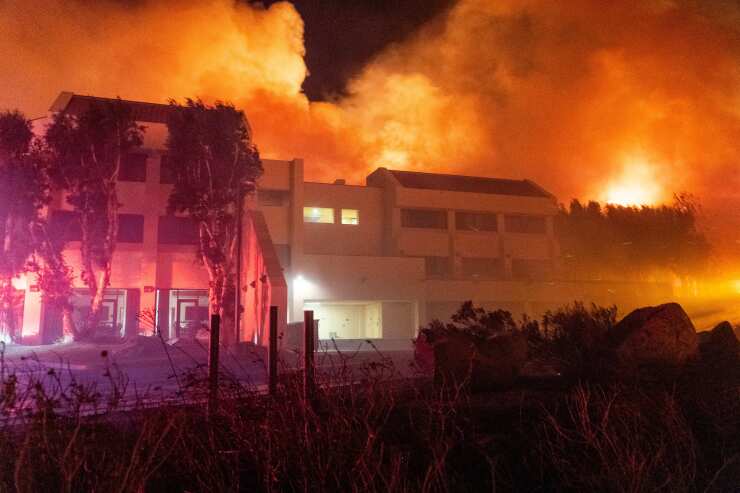Want unlimited access to top ideas and insights?
The Insurance Information Institute (Triple-I)'s recent study shared insights into how geospatial property-level data analysis can help insurers more accurately identify insurable properties in wildfire-prone areas of California previously deemed too high-risk.
The report, "
"The traditional approach to wildfire risk assessment has left many Californians without access to affordable property insurance coverage," said Dale Porfilio, Triple-I chief insurance officer, in a statement. "Our research shows that with more detailed, property-level analysis, insurers can confidently offer coverage in areas previously deemed too risky."
The study demonstrates that granular risk assessment shares traditional assessment variables like density and slope, as well as more specific details on factors such as vegetation, drought conditions and fire-suppression success rates.
The Triple-I study also discusses that as there are fewer price insurance options available in the state, more Californians are turning to the
"To sustainably write insurance in California and other wildfire-prone states, insurers need access to granular property-level data, modern wildfire risk models and a regulatory environment that embraces innovation," said Leo Tenenblat, senior vice president and general manager of data and analytics at Guidewire, in a statement. "The Triple-I analysis highlights how next-generation tools and data can uncover lower-risk properties – even in high-risk areas – empowering insurers to expand coverage confidently and responsibly."






